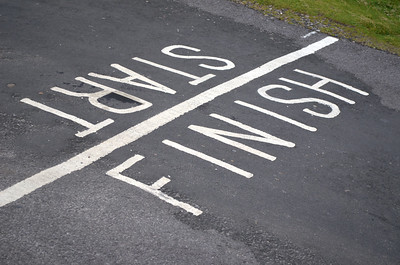Consulting firm McKinsey & Company released a new analysis of the US higher education landscape last month. Their conclusions give new perspective to the “enrollment cliff.” The report, entitled Fulfilling the potential of US higher education , makes some concrete suggestions for post-secondary institutions that are worried about declining enrollment.
The gist of the report is this: Finish what you started. McKinsey & Company rightly points out that post-secondary institutions spend too much time focused on enrolling new students and not enough time on graduating the students in their classrooms.
Most higher education institutions have a dismal graduation rate. Rather than identifying and addressing the causes of this phenomenon, they simply look for new students to enroll. This approach has produced millions of Americans who have enormous student loan debts but no degree to show for it. Currently, Americans carry about $1.8T in educational debt. The average completion rate among four-year institutions is 64% and among two-year institutions, it is 34%.
Higher education institutions don’t need to find more students to enroll; they need to graduate more students in their classrooms and eliminate the barriers that prevent them from graduating. Were post-secondary institutions better at addressing the root causes of completion failure, McKinsey & Company predicts that American higher education institutions could graduate as many as 10 million more people in the next 20 years.
This is a particularly relevant goal for Michigan’s community colleges. Collectively, they have a completion rate of about 21%. Alpena Community College, with a completion rate of just 35%, leads Michigan’s two-year schools in graduating students. If you think about it for a moment, that means two out of three students who enroll at ACC don’t finish. Henry Ford College, on the other end of the scale, has a completion rate of just 6%.
Post-secondary institutions should start with improving completions
Washtenaw Community College ranks 8th among Michigan’s community colleges in terms of its completion rate. WCC has a completion rate of about 27%. That means slightly more than one in four students completes a degree program.
If you look at completion rate as a form of educational efficiency, our community colleges are not very efficient at producing graduates. We pour enormous resources into our community colleges, and they produce very little in return. If community college administrators focused more on their graduation rates and less on their enrollment rates, their enrollment rates would increase.
The uncertainty of completion among prospective students, the high cost of attendance, and the relatively low rate of return in terms of increased income makes post-secondary education anything but a sure bet. It’s no wonder that an increasing number of them are bypassing post-secondary education altogether. High school graduates may not have impressive future earnings, but they’re also not saddled with inescapable educational debt.
McKinsey & Company may be right: there’s no point in enrolling more students when our post-secondary institutions fail to graduate the ones they have. It would be nice if the WCC Board of Trustees placed an increased priority on raising WCC’s graduation rate to at least match the national average of 34%. That seems like a reasonable expectation, given the amount of money WCC spends annually on executive management.
Photo Credit: Andrew Hurley, via Flickr
























